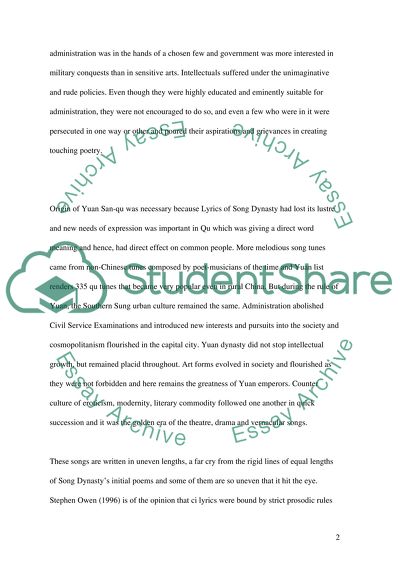Cite this document
(What Did Yuan Dynasty Writers Create in the Vernacular Songs Article, n.d.)
What Did Yuan Dynasty Writers Create in the Vernacular Songs Article. Retrieved from https://studentshare.org/music/1522651-what-did-yuan-dynasty-writers-create-in-the-vernacular-songs
What Did Yuan Dynasty Writers Create in the Vernacular Songs Article. Retrieved from https://studentshare.org/music/1522651-what-did-yuan-dynasty-writers-create-in-the-vernacular-songs
(What Did Yuan Dynasty Writers Create in the Vernacular Songs Article)
What Did Yuan Dynasty Writers Create in the Vernacular Songs Article. https://studentshare.org/music/1522651-what-did-yuan-dynasty-writers-create-in-the-vernacular-songs.
What Did Yuan Dynasty Writers Create in the Vernacular Songs Article. https://studentshare.org/music/1522651-what-did-yuan-dynasty-writers-create-in-the-vernacular-songs.
“What Did Yuan Dynasty Writers Create in the Vernacular Songs Article”, n.d. https://studentshare.org/music/1522651-what-did-yuan-dynasty-writers-create-in-the-vernacular-songs.


